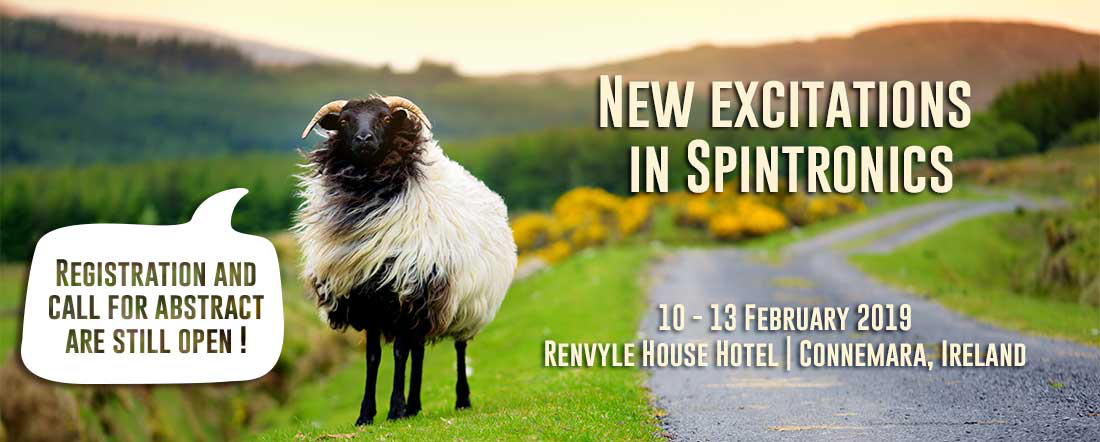Speaker
Description
In a paper published in 2006 [1], C.N.R. Rao and co-workers suggested that weak ferromagnetism was a ‘universal feature of otherwise nonmagnetic oxide nanoparticles’. As there were no magnetic impurities present, they assumed that the origin of the d-zero magnetism might be exchange interactions between localized electron spin moments resulting from oxygen vacancies at the nanoparticle surfaces. Subsequent work has confirmed their observations, although the details of the magnetic response vary widely for any given system [2]. The essential feature is a ‘ferromagnetic-like’ response that is anhysteretic and temperature independent — at least in the range 2 - 400 K— quite unlike any other magnetic phenomenon. In order to make progress in understanding, it is important to find a way to turn the effect on or off at will in a given sample. In CeO2 nanoparticles this is achieved by agglomerating, or segregating the particles on a mesoscopic scale of order 100 nm [2]. In SrTiO3 it is achieved by reduction in vacuum, or treating the surface with tiron [3]. In nanoporous amorphous alumina membranes it is achieved by increasing the pore area, or crystallizing the alumina or treating the surface with salicylic acid [4]. All this, and especially the response to element-specific catechols (tiron for Ti; asprin for Al) confirms an origin at oxygen-deficient surface defects. Nevertheless, the explanation of anhysteretic, temperature-independent (Tc > 1000K) magnetism is deeply puzzling. How could free or bound electrons produce such a response? Heisenberg exchange coupling of localized s = ½ electrons is much too weak, and has the wrong sign. Two hypotheses are A) a Stoner-split defect-related impurity band and B) giant orbital paramagnetism of large numbers of (essentially spinless) electrons responding coherently to zero-point fluctuations of the vacuum electromagnetic field [5]. B) is the more plausible explanation! The challenge is to obtain direct experimental evidence for the collective orbital electronic excitations.
[1] A. Sundaresan et al, Phys. Rev B 74 161306 (2006)
[2] K. Ackland and J. M. D. Coey, Physics Reports 746 1 (2018)
[3] J. M. D. Coey et al J. Phys C. M. 28 485001 (2016)
[4] A. S. Esmaeily et al, Phys. Rev. Materials 2 054404 (2018)
[5] J. M. D. Coey, K. Ackland, M Venkatesan and S. Sen, Nature Physics 12 694-699 (2016)

